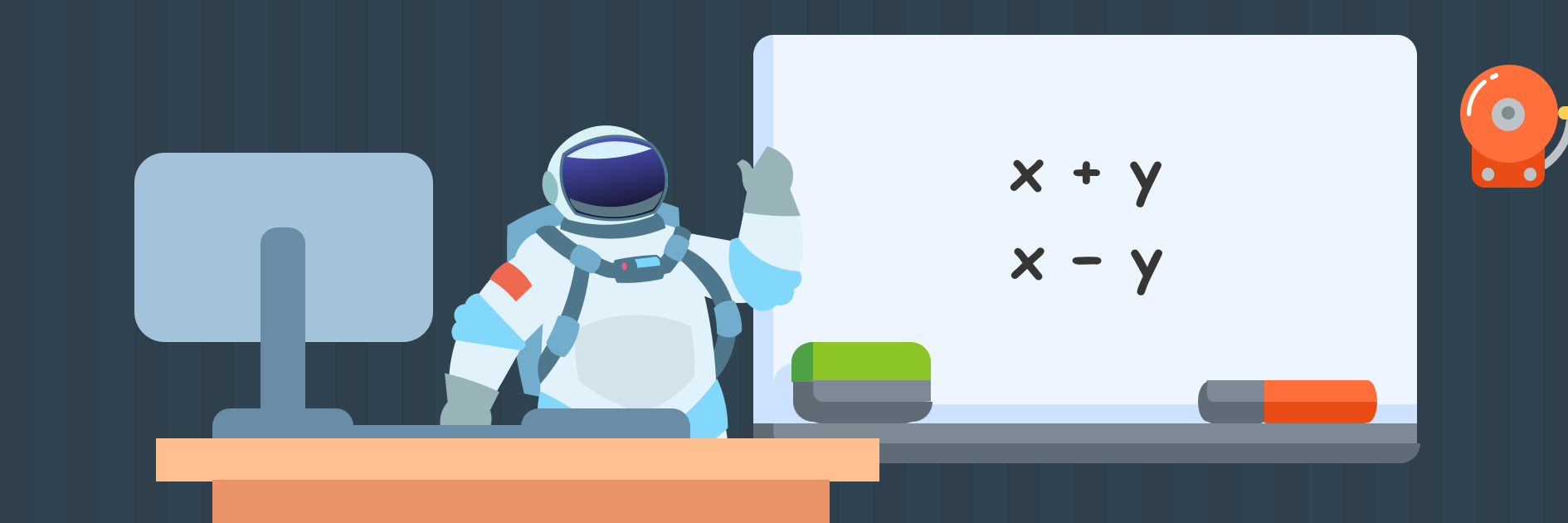10 Using expressions to solve problems
Mathematical models can be very useful.
If we need to solve a given problem a repeated number of times, if we need to get at information that is not directly accessible, and also if we need to justify our methods, we can often turn to mathematical models.
See if you can use what you’ve learned over the past few pages to help Mae out.
Badge machine
 |
Mae loves making badges to give away at her band’s gigs.
She can send away online, where it will cost $2.50 per badge plus $7 postage, or she could look to hire a badge machine for $300 and pay 20 cents per badge for the parts. Which option is better? |
Once you’ve spent some time on the problem, you can take a look at one possible solution in the video below.
Rearranging
This application of inverse operations to both sides of the equation, which was so central to this method of helping Mae with her problem, is at the heart of rearranging to solve equations. We first encountered this on the previous page. Remember, we’re not technically moving things to the other side, but it seems like we are because when we use an inverse operation it will cancel out to the identity on one side, but appear on the other side. We just need to make sure that we are careful, that we adhere to the order of operations, and remember the properties of arithmetic.
Let’s practice rearranging equations.
Check your understanding
For each of the following, find the value of the variable.
- [latex]4x+1=91[/latex]
- [latex]3a-21=29[/latex]
- [latex]\frac{4}{5}x=20+2[/latex]
In each of these cases, we had a linear expression on one side and a value on the other. In some cases, we may want to find out when two linear expressions are equal to one another (as was the case in the badges question).


